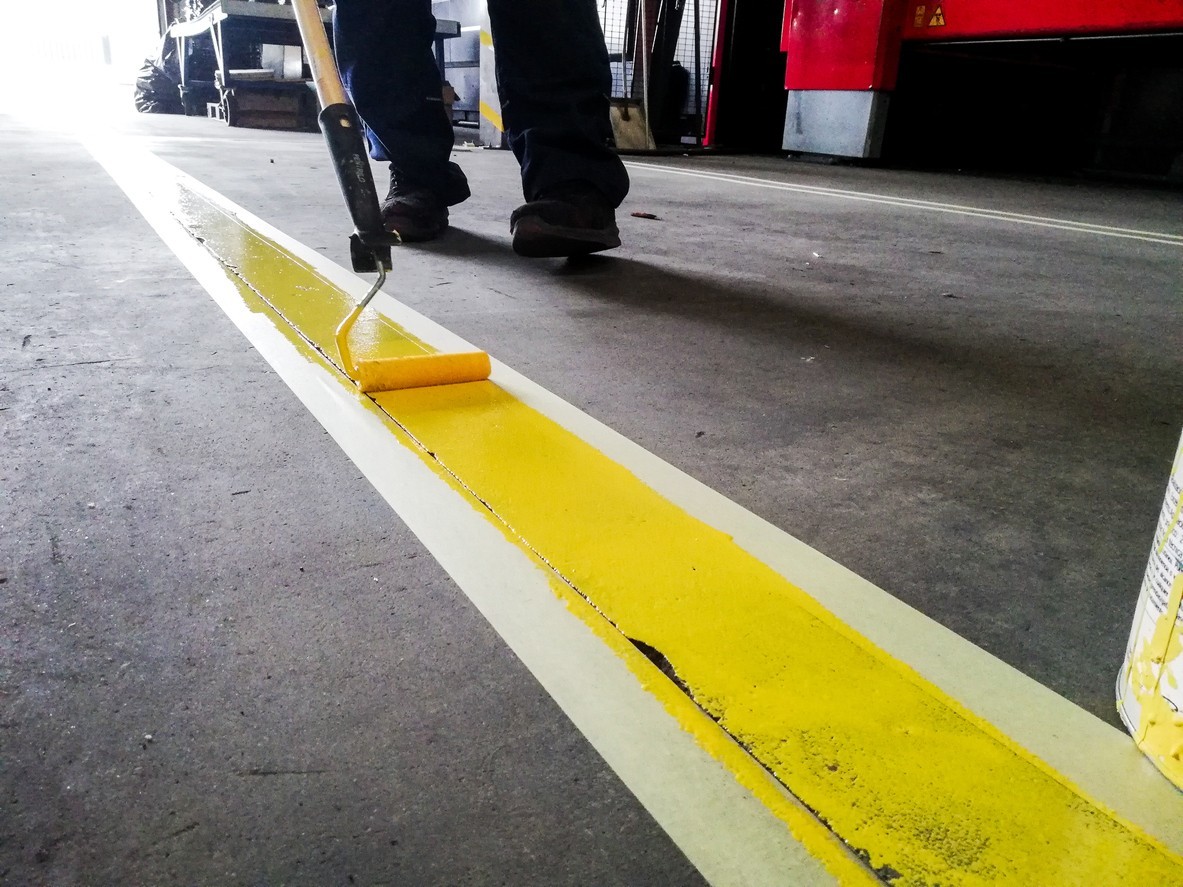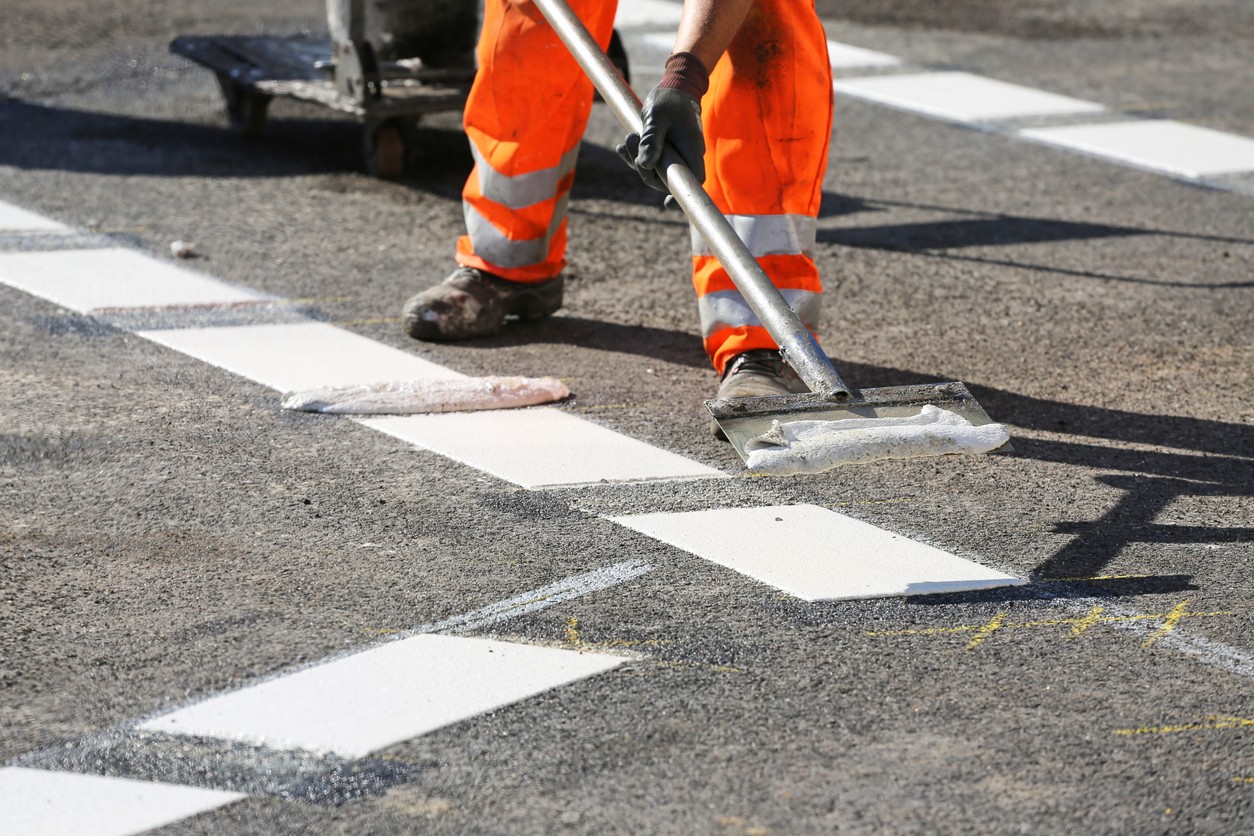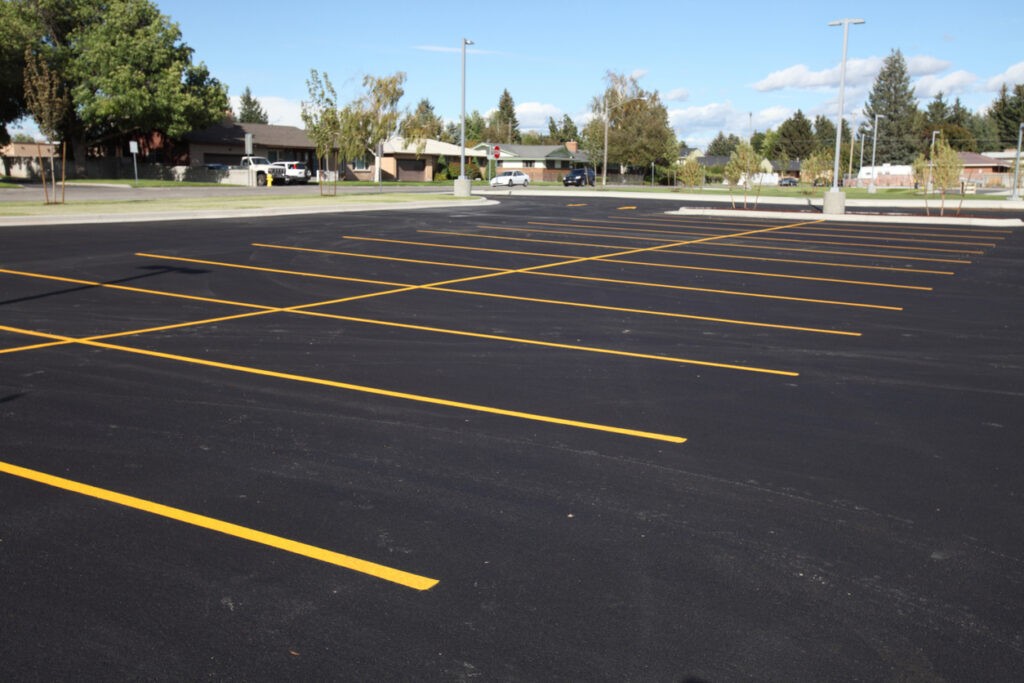NatCap always has what I need, the right spec. in stock with so many different products. From temp tape to lutes to No Parking signs and the certs to comply w the project requirements.
Excellent customer service and Bobbie is a great sales rep. Everything is smooth and seamless when dealing with him & Nat Cap.
Having a sales rep that is knowledgeable and ready to help me accomplish my companies goals is why I do business with National Capital.
Pavement marking materials are used to improve safety and visibility on roads, parking lots, and other paved areas. There are several types of pavement marking materials available, including pavement marking tape, thermoplastic and preformed thermoplastic.
Each type of pavement marking material has its own unique benefits and is suitable for different applications. Choosing the right pavement marking material depends on several factors, including the type of surface being marked, the desired durability of the markings, and the intended use of the area. By understanding the different types of pavement marking materials and their applications, you can select the best material for your specific needs.

There are numerous benefits to using pavement marking equipment for contractors who are involved in road construction, maintenance, and other related projects. Some of the key benefits include:
Overall, pavement marking equipment can help contractors work more safely, efficiently, and effectively, while also improving the safety and visibility of roads and highways for drivers and pedestrians.

Crown

Pavement Tool Manufacturing

Road markers are used to provide additional visibility and guidance on roads and highways, parking lots, airports or other paved areas. They come in different shapes and sizes, including round, rectangular, and diamond-shaped. Reflective road markers are commonly used to provide visibility in low-light conditions, while raised road markers can help drivers feel the edge of the road and stay in their lanes. Road markers can also be used to indicate the presence of hazards, such as curves or intersections.
Road markers, also known as raised pavement markers or RPMs, are small devices that are used to improve safety and visibility on roads and highways. Many have a reflective surface for increased visibility in low-light or nighttime conditions. These road marking devices are typically made from durable materials such as plastic or metal and are designed to withstand the wear and tear of heavy traffic and harsh weather conditions. They are often placed along the edge of the roadway or on centerlines to provide guidance for drivers and to help prevent accidents.
They are typically attached to the road surface using adhesive or other types of fasteners, such as nails or screws. There is not much road surface preparation but the concrete pavement should be clean and dry. Reflective road markers, on the other hand, are embedded into the pavement surface and are held in place by a combination of adhesive and friction.
The number of road markers or reflective road markers needed will depend on a variety of factors, including the width of the road or highway, the location of the markers, and the desired level of visibility. In general, road markers should be spaced at regular intervals to ensure consistent visibility for drivers and to provide guidance for lane changes and other maneuvers.

There are several types of pavement markings that are commonly used on roads, parking lots, and other paved areas. Each type of marking serves a specific purpose and helps improve safety. These markings are designed to improve safety and visibility, guide traffic flow, and provide important information to drivers and pedestrians. For example, lane markings are used to guide drivers and indicate the direction of traffic flow, while centerlines and edge lines help drivers stay in their lanes. Crosswalks and stop bars are used to improve pedestrian safety at an intersection or crossings. Some of the most common types of pavement markings include:


The lifespan of pavement marking equipment depends on several factors, including the type of equipment, the frequency of use, and the conditions in which it is used. It is important to regularly inspect the equipment for signs of wear and damage, and replace any equipment that is no longer functioning properly. This would include markings being illegible or scraped, road markers missing or worn down, improper markings, and anything else that could affect the safety of drivers and pedestrians. Generally, pavement marking equipment should be replaced every few years to ensure optimal performance and road safety.
NatCap is a construction safety equipment supplier in the Washington D.C, Virginia, Delaware, and Maryland areas. Our team can help you find all the pavement marking products and tools you need to complete any job. We also offer concrete equipment rentals for your projects. If you’re a concrete contractor, contact us today for all of our resources.
